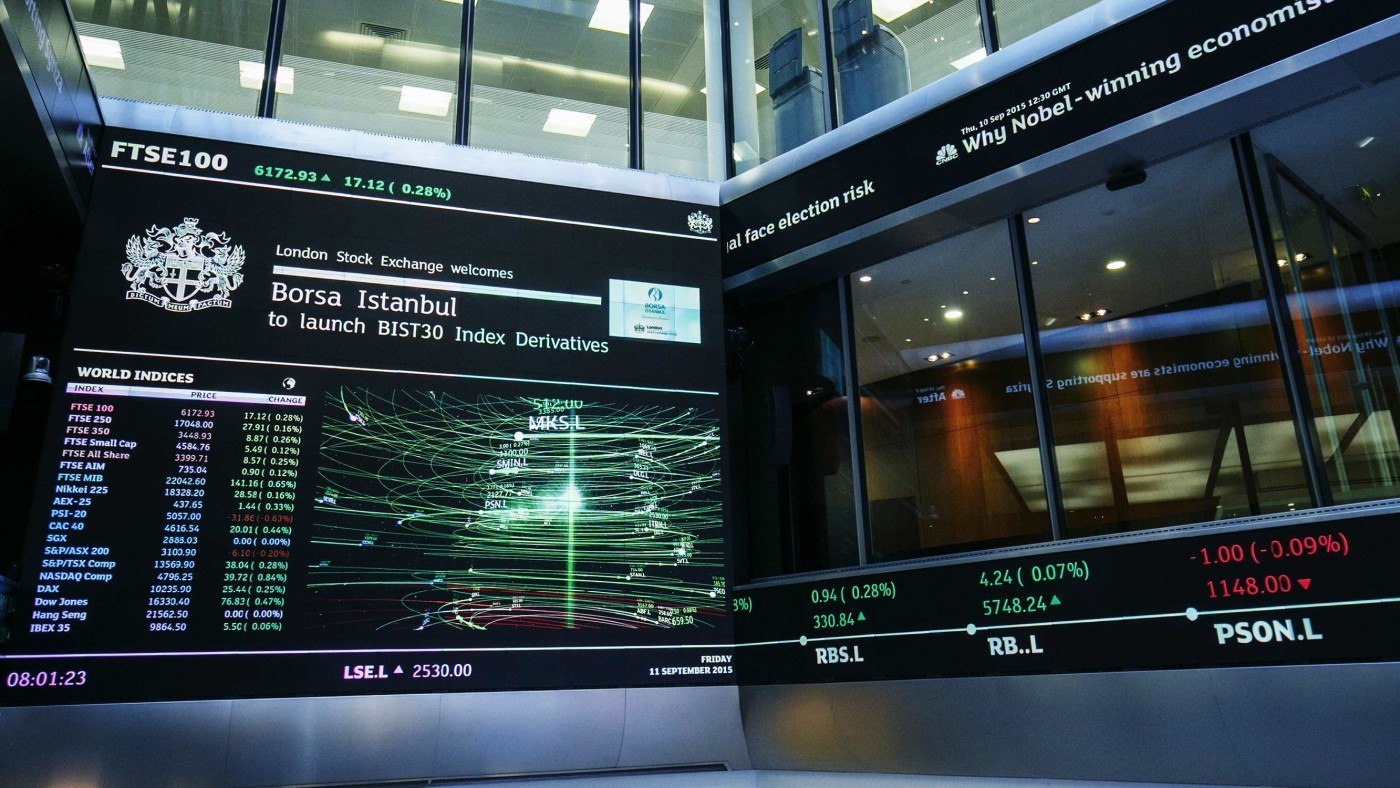The world seems like a much more uncertain place today than it was before the financial crisis. The International Monetary Fund reckons that macroeconomic risk is running at twice the level it was before the failure of Lehman in 2008. The backwash from the crisis, debt-laden governments, low productivity and risk averse businesses and banks, has spelt weaker growth.
Uncertainty has also been fuelled by shocks such as political surprises and natural or man-made disasters. In the last few years, markets have had to contend with a stream of worries, from conflict in Eastern Ukraine and the Middle East, to Brexit, the Gulf of Mexico oil spill and Donald Trump’s surprise victory.
But what lasting effect do such external shocks have on markets and economies?
Financial markets see-saw wildly on big surprises. But recent research by Jens Nystedt of Morgan Stanley Investment Management shows that the longer term effect of geopolitical shocks on equities are often surprisingly small.
Take Japan’s attack on Pearl Harbor in July 1941, an event that precipitated America’s entry into the Second World War. The US equity market fell by 10 per cent in the wake of the attack. But within 36 days equities had recovered to pre-attack levels. The equity market shrugged off an event that changed American and world history.
Mr Nystedt’s analysis covered many other landmark events of the last 80 years including the Cuban missile crisis, President Nixon’s resignation and 9/11. He found that a typical geopolitical shock resulted in a median decline of 3.4 per cent in the equity market which was recouped in five days.
Markets, for all their skittishness, tend to see through shocks, focusing on fundamentals, particularly prospects for GDP growth and profits. When things go wrong, equities also gain support from the anticipation of a policy response, such as interest rate cuts or, in the case of conflict, more government spending.
The insouciant reaction of markets to geopolitical shocks suggests that, by and large, they don’t change the direction of growth. History confirms that this is the generally the case.
The flu pandemic of 1918 to 1920 was probably the worst natural disaster in modern history, killing between 50 and 100 million people, many more than died in the First World War. Yet the impact on US GDP growth was only modest and not remotely in proportion to the scale of the human tragedy.
A 2002 Congressional study said that the 9/11 terrorist attacks should be seen “…as a human tragedy rather than an economic calamity. Notwithstanding their dire cost in human life, the direct effects of the attacks were too small and too geographically concentrated to make a significant dent in the nation’s economic output.”
How can such terrible events have such small economic effects?
The leading academic in this field, JM Albala-Bertrand, finds that the effects of disasters are generally less than expected because we underestimate the adaptability of people and economies. That resilience means that when things go wrong activity is not destroyed, but displaced from one week, month or year to another.
We need to bear in mind that terrible destruction of the capital stock – of buildings, plants and infrastructure – does not necessarily cause an equivalent fall in GDP growth. Indeed, rebuilding lends support to growth.
And in modern economies policymakers work hard to counter the effects of shocks. The Bank of England cut interest rates and provided liquidity to the banks after the Brexit referendum. The 9/11 attacks triggered a surge a near doubling in US military expenditure which boosted growth. Pearl Harbor resulted in a vast, Keynesian-style surge in US government activity.
The US economist Jack Hirschliefer gives, as an example of human resilience, Hamburg’s recovery from the Allied bombing raids of 1943. These raids destroyed about half of Hamburg’s buildings yet electricity, gas, telegraph and rail services resumed within days, The US Strategic Bombing Survey reported within a few months Hamburg had recovered 80 per cent of its former productivity.
There is an important caveat to this story of resilience and that is when an event has a deep and pervasive effect across the whole economic system. Bank failures can morph from one-off shocks into a crisis for the whole economy. Thus, the failure of Lehman was the harbinger of a wider meltdown in the financial system which triggered a deep recession in the West.
Political change which destroys a liberal economic order is another systemic shock, something illustrated by the disastrous experience of the Zimbabwean and Venezuelan economies.
Geopolitical shifts can also change fundamental economic relationships. The Arab-Israel war of 1973, the Iranian Revolution of 1979 and the Iran-Iraq war in 1981 pushed oil prices sharply higher and inflicting recessions on the oil consuming nations of the West.
Finally, it is possible to imagine shocks, such as revolutions or nuclear wars, of a scale which would sweep away existing economic structures.
These are vital exceptions. But much of the time external events do not radically alter the path of growth. Even major news events, ones with huge political and human consequences, often have little lasting economic effect.
It is the dry economic stuff that rarely makes the front pages that matters most: the economic cycle, monetary policy and the structure of the economy. To work out where the global economy is going it is worth focusing a bit more on the economic and financial data and a bit less on the spectacular, headline grabbing stuff.
Taken from Ian Stewart’s Monday briefing. Sign up for the full version here


